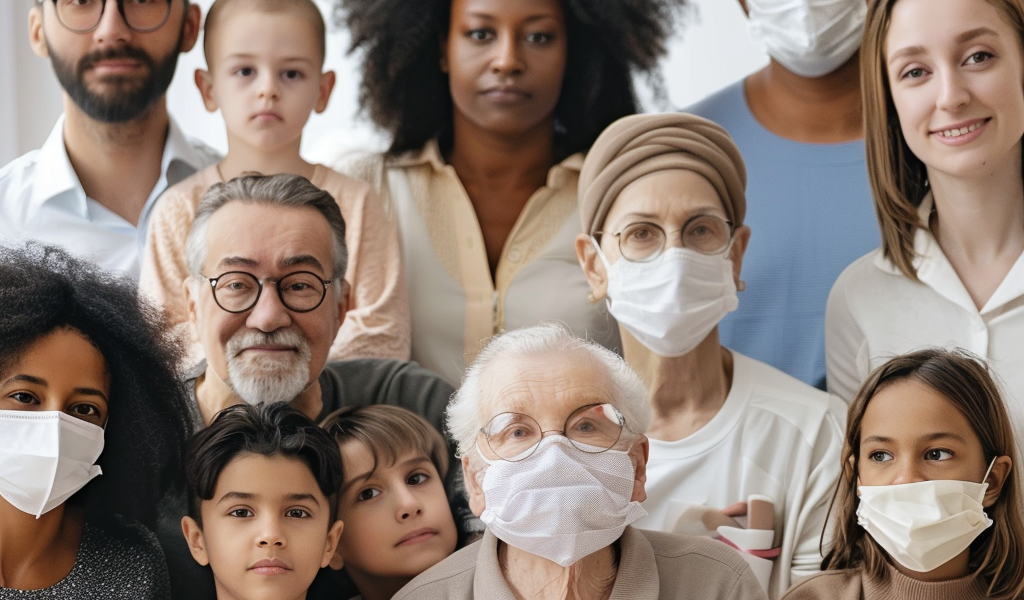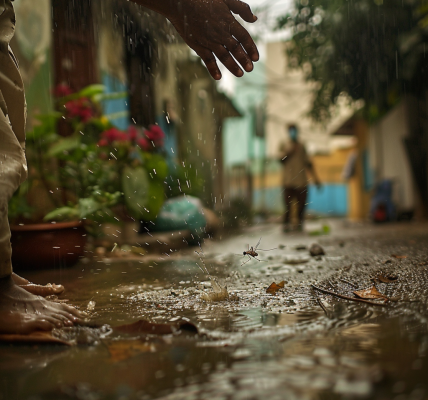Respiratory Syncytial Virus (RSV) is a common respiratory illness that affects millions of people globally, with symptoms ranging from mild cold-like symptoms to severe complications that can lead to hospitalization and even death. Understanding the impact of RSV on different age groups is crucial for public health awareness and prevention.
What is RSV?
RSV is a highly contagious virus that spreads through respiratory droplets, saliva, or mucus. It can survive on surfaces for hours, making it easy to spread through direct or indirect contact. While most cases of RSV resolve on their own within a week or two, severe cases can result in hospitalization and even death.
Impact on Different Age Groups
The impact of RSV varies across age groups. Healthy adults may experience mild symptoms similar to a common cold, while infants, especially those under 1 year old, are at a higher risk of developing severe complications such as bronchiolitis and pneumonia. Premature babies and children with underlying health conditions are also considered high-risk groups for severe RSV infections.
Severe cases of RSV in infants and young children can lead to hospitalization and intensive care. Studies have shown that a significant number of deaths in young children are attributed to RSV, highlighting the importance of awareness and preventive measures.
Prevention and Management
Preventative measures such as frequent handwashing, avoiding close contact with sick individuals, and disinfecting surfaces can help reduce the spread of RSV. For high-risk populations, including infants and older adults, vaccination and early medical intervention are essential in managing severe RSV infections.
By raising public awareness about RSV and its potential impact, communities can take proactive steps to minimize transmission and protect vulnerable individuals from serious complications. Understanding the symptoms, risk factors, and preventive strategies for RSV is key to promoting public health and well-being.





